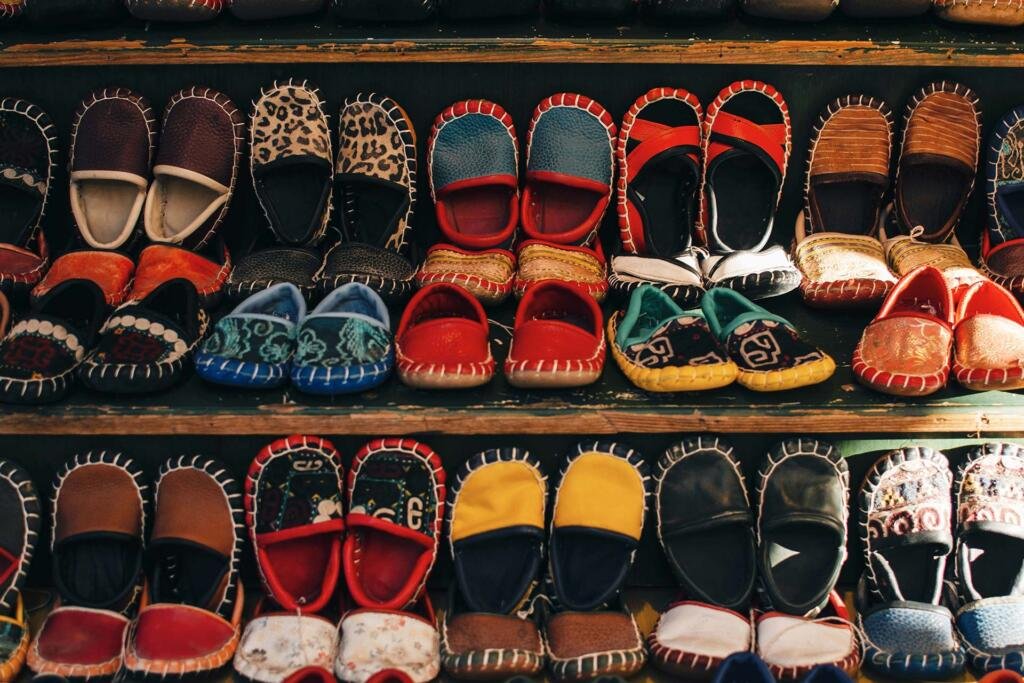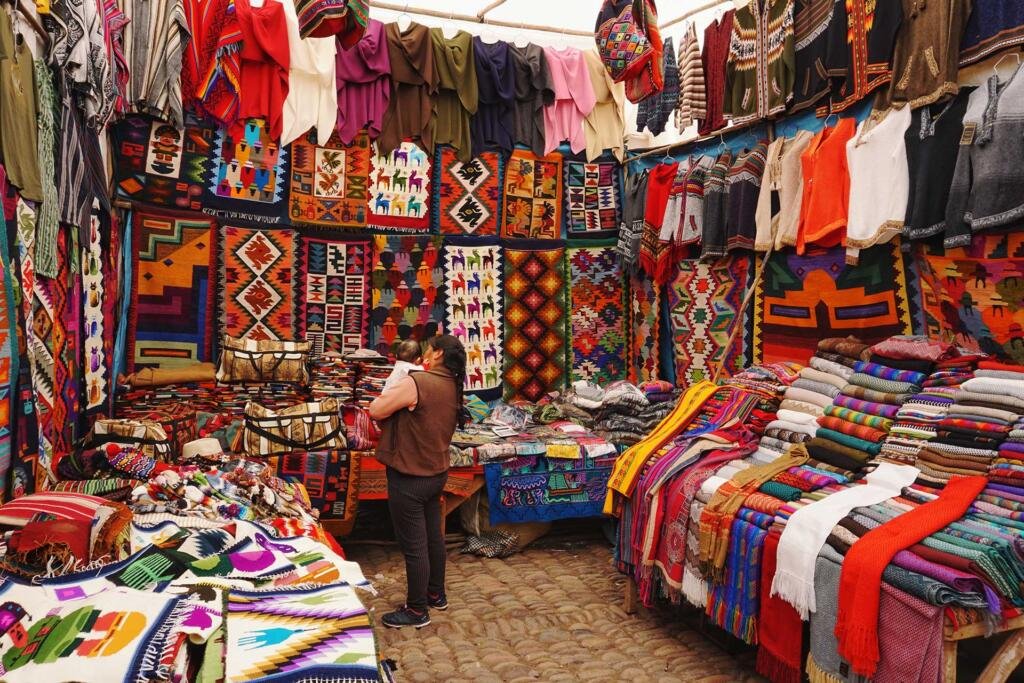FFabric finishing enhances the appearance, feel, and durability of textiles. It includes processes like softening, wrinkle resistance, water repellency, and anti-microbial treatment to make fabrics more functional. This step determines how a fabric performs in daily use.
Challenges:
- Balancing Durability & Softness: Too much softness can reduce fabric strength.
- High Resource Consumption: Traditional finishing processes require energy and water.
- Chemical Exposure Risks: Some finishing chemicals may cause allergies.


Advantages:
- Improved Aesthetic Appeal: Smooth and polished textures enhance fabric quality.
- Added Functional Properties: Stain resistance, UV protection, and moisture-wicking features.
- Extended Fabric Lifespan: Finishing processes improve wear and tear resistance.
Disadvantages:
Environmental Impact of Chemicals: Some treatments can harm ecosystems if not handled properly.
Costly Machinery & Treatments: High-end finishes require advanced technology.
Quality isn’t finished until the fabric is.
Solution:
Using natural finishing agents like plant-based softeners and developing energy-efficient processing methods can reduce the environmental impact while maintaining fabric quality.

Conclusion:
Fabric finishing is an essential step in textile production. With the right techniques, manufacturers can ensure comfort, durability, and sustainability in their products.


